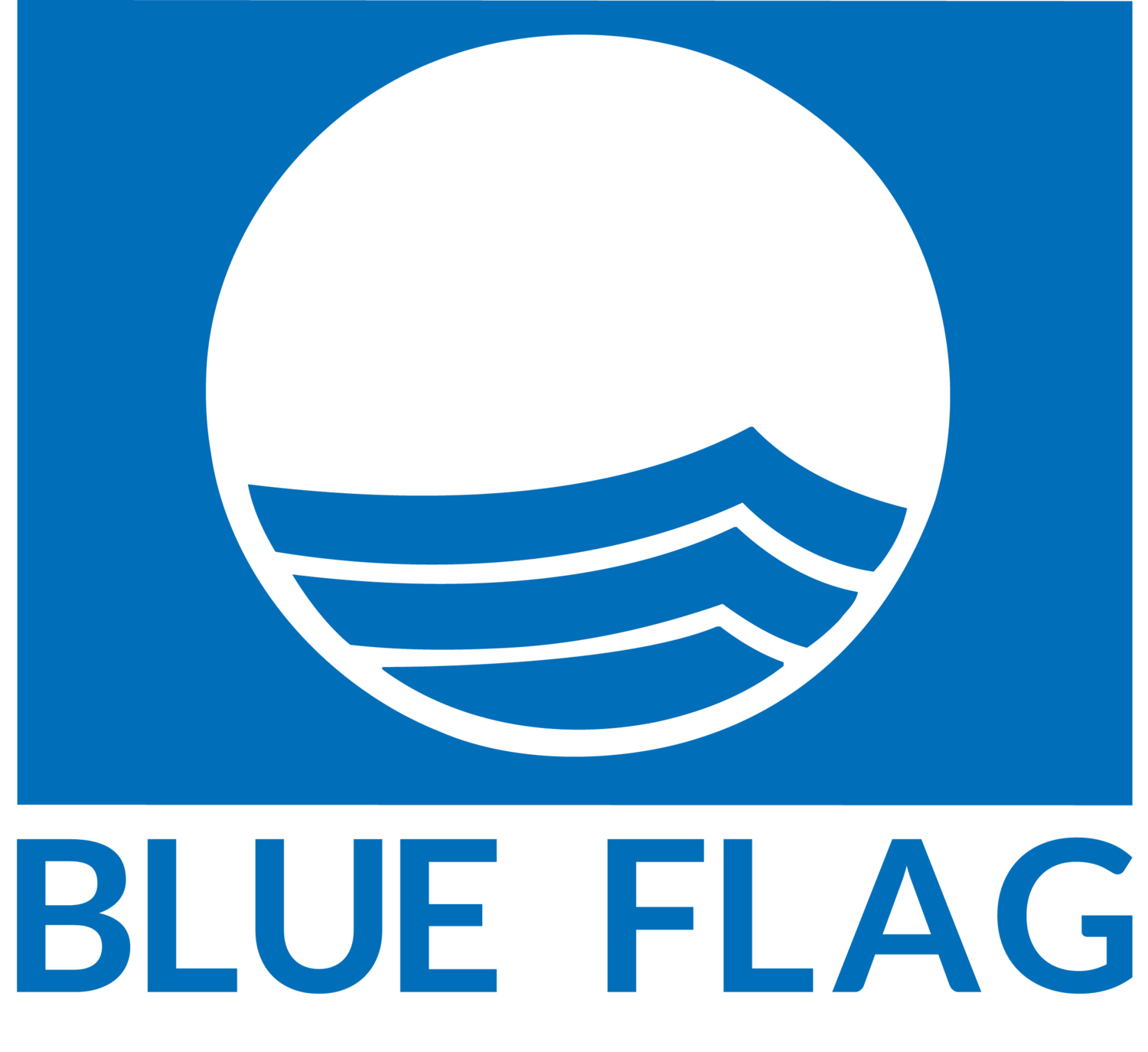This summer, Blue Flag in Spain implemented rescue drones as an extra equipment for lifeguards on 6 Blue Flag beaches
The Blue Flag Spanish National Operator (ADEAC) has been working with a drone company to show how the latter can be useful for lifeguards. The project was held on 6 Spanish municipalities with Blue Flag awarded sites: Santa Eularia, Ciutadella, Sagunto, Fuengirola, Cheles y Orellana. This equipment can also be useful for sewage control and monitoring.
The rescue drones have been implemented during one week on the selected Blue Flag beaches. This initiative showed how drones can help reinforcing the beach safety thanks to their minimum response time and reliability. These pilot tests aimed to highlight the benefits for lifeguards regarding security’s improvement on the beaches and thus create a model that could be spread out.
Indeed, these drones combine surveillance, rescue and search skills. They can be helpful for the lifeguards regarding the monitoring of the beach in real time, determining the victims or dangerous animals’ position in the sea as well as controlling rush hours. This search and rescue drone has been designed to fit a beach’s harsh conditions (level 6 winds, rain, sand and saline environments).
This pioneering initiative from the Spanish Blue Flag National Operator illustrates how technological innovation can be useful for both holiday-makers and lifeguards at the beach. This experiment could be the beginning of new standards as an example to the rest of the world’s beaches.

